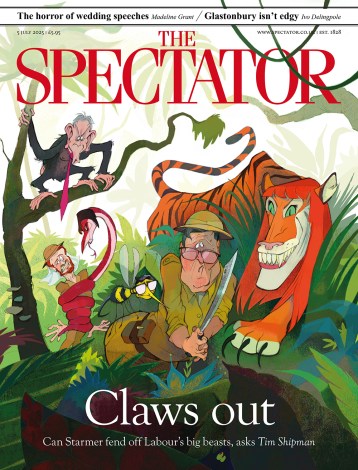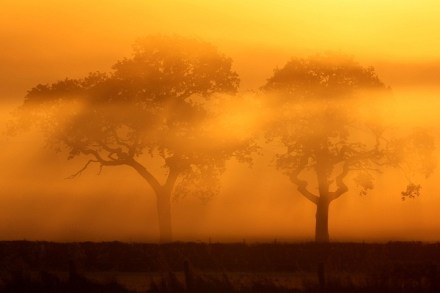Travel: Dublin, comeback city
The boom and bust have left their mark on Dublin. Cruising through the outskirts past the (industrial) estate of Sandyford — flimsy-looking buildings, each as nastily designed as the last but in wildly different styles — I double-take at a gigantic half-built multi-storey car park. There are ‘To Let’ signs everywhere and it’s all a bit reminiscent of a Joni Mitchell song. But the shiny new Luas tram which links this monument to property development greed to the centre of the city is quiet, efficient and fast — and Dublin is, thank heavens, still the ‘fair city’ of the song, the Liffey meandering unruffled and majestic through the middle of
















